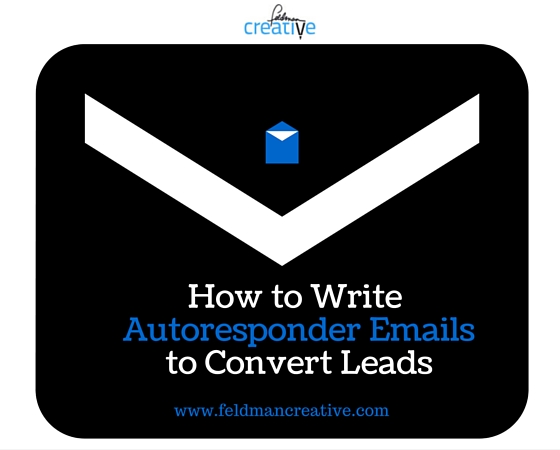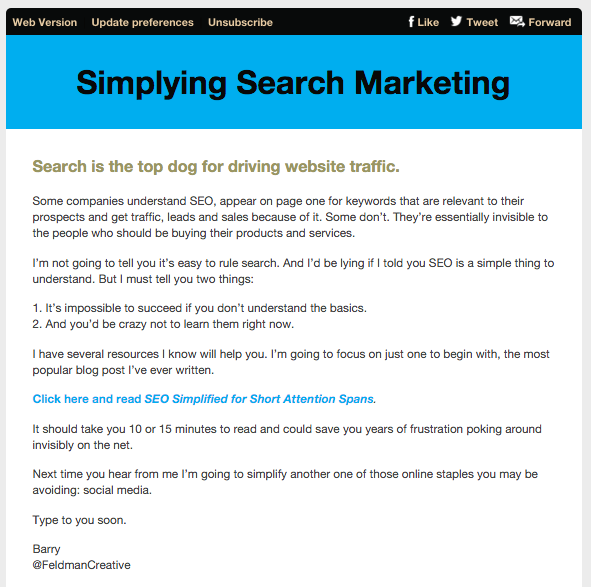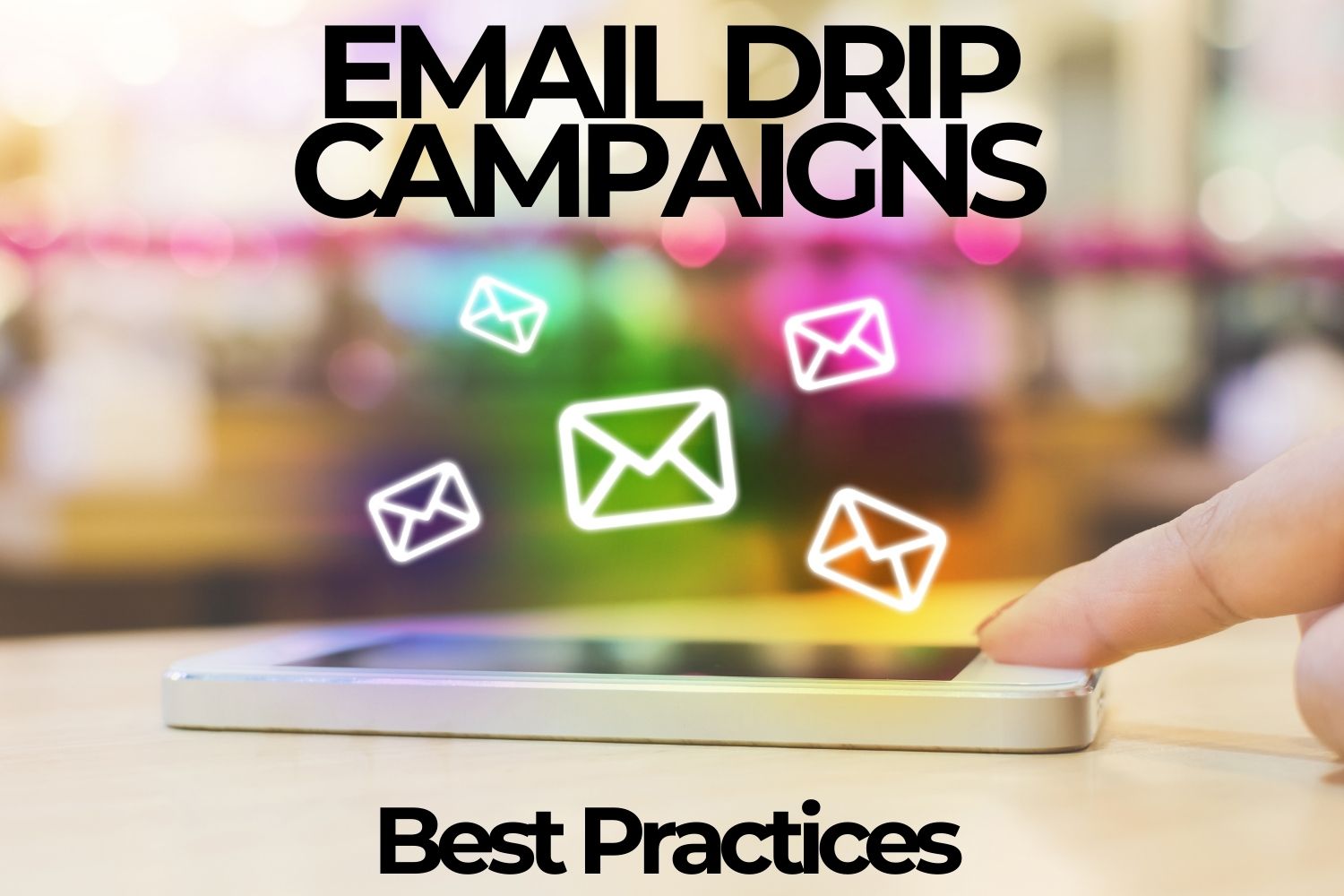You work your tuchus off to get the email addresses of your website visitors. What do you do with them?
You should send them email. Thank you email? Maybe. Email newsletters? Probably. Special offers? Good idea. An autoresponder email series designed to convert?
You bet your ass (“tuchus” translated from Yiddish to modern English).
No one will disagree with this definition of conversion
You can define conversion how you like. A popular approach is the “winning” of a new email subscriber. Such a sequence often works like so:
> Get screen space
> Get attention
> Get a click
> Get time-on-site
> Get email opt-in
It looks like a whole lotta’ getting, but is the getting any good?
It might be good, but it’s not like you’re going to want to book a meeting with the CEO, unroll your holy scroll o’ addresses before her eager eyes, and demand a salary hike, stock options and early retirement.
But what if you could demonstrate your email marketing tactics converted WAY more prospects to paying customers? You’d probably feel quite alright presenting yourself as a customer acquisition rock star due for a healthy bump.
Define conversion as turning a prospect into a paying customer and no one’s going to disagree.
This post explores a vastly underused, but highly effective, tactic for winning sales: the email autoresponder series.
The email sweet spot
I often tell my clients you don’t want website visitors; you want website subscribers.
So sure, you can call an email opt-in a conversion. But then you have to get real. Most of your email subscribers don’t give you a lot of their time. Far fewer give you their money.
Here are two proven ways to GET their MONEY:
- Earn it
- Ask for it
What types of automated email messages do online businesses use? MarketingSherpa got answers to this question from 1,095 marketers:
The results indicate welcome, thank you, and transactional emails are the most common. The majority of marketers have not rolled autoresponder email into the mix.
Email marketing expert Chris Hexton of Vero responded to this data by saying, “About 75% of businesses are missing out on the email marketing sweet spot.”
Autoresponders are in the sweet spot because they provide the user with context.
The psychology at work with autoresponders
You probably subscribe to a fair amount of email lists. And you’re probably not loyal to more than a handful, if any. Generally, you open emails because:
- You recognize the name of the sender
- The subject line makes you curious
When your subscribers are new they’re far more likely to recognize your name—and be more curious.
By sending multiple emails in sequence, you’re encouraging new subscribers to get in the habit of opening yours. You might call it a “triggered response.”
Autoresponder emails build trust
An autoresponder is a series of emails, usually focused on a specific topic, delivered in a pre-determined sequence at pre-determined intervals. The process can begin when someone subscribes to your general email list. Alternatively, you can create new lists catered specifically to those who want the content.
Generally, the autoresponder aims to transfer know-how, but making offers and attempting to sell are not out of bounds. You’ll probably need to experiment to arrive at the right balance of educational and promotional copy. You’ll want to consistently address your prospect’s needs and stress the benefits of your products or services.
In a post on the GetResponse blog, How to Create a Simple Autoresponder Series to Keep Your Leads Hot, Marya Jan offers the following:
Your goal will determine the content of your autoresponder. For example, for a software business, the autoresponder email sequence might look like this:
- Email 1: Introduce yourself and say thanks for subscribing
- Email 2: Give them a big benefit of subscribing
- Email 3: Share with them a customer success story
- Email 4: Give them informational content related to your product
- Email 5: Give them another benefit of using your product
- Email 6: Make an offer
- Email 7: Make the same offer in a different way
Your sequence can be anything you want. Normally, they look like this:
Welcome message > Content > Content > Content > Promotion > Content > Content > Content > Promotion
Or, you can be a bit more aggressive.
Welcome message > Content > Promotion > Promotion > Promotion
You can deploy this sequence if you are a blogger and primarily use content marketing to promote your services.
Welcome message > Content > Content > Content > Content > Content > Content > Promotion

My new autoresponder series focuses on content, however, the final email promotes my content marketing consulting services.
Marya adds, if you have more than one type of customer, segment your list and put them on a different autoresponder sequence.
If things go as planned, your email autoresponder series will build trust with your prospects. Your messages will make regular appearances in their inboxes. And, you’ll be sharing useful lessons and progressively gaining mindshare. If your content is well received, you’ll essentially be training the reader to open your emails, visit your website, and ideally, do business with you.
This is the formula, simply stated:
Repeated touches and visits = familiarity = trust = sales.
Select a smart topic for your autoresponder
If your autoresponder series is to be a hit with your readers, it has to satisfy an informational need, so you’ll want to choose your topic carefully. As you would smartly plan the development of any content, you’ll want to tap into your audience’s needs and uncover leading pain points.
To find these, try some combination of the following:
Ask readers – Your current readers are a logical starting point. You might use a reasonable sample of current customers and simply question them via email or telephone. You also can use a survey. Another possibility: tap into a group you lead or participate in on a social network or via a forum.
Listen to social media – Social media is your ideal market research tool. Look at some of the better blogs in your industry to see what generates the most sharing and commentary.
Pay attention to the hashtags being used in your niche. Dig into question sites such as Quora and Yahoo Answers.
Assess your own content – You might get ideas for your autoresponder series simply by assessing the interest in your existing content. Which posts have performed best? Look at the shares, comments, and your analytics.
If your site includes a search tool, you can look at what visitors have searched for. Chances are, you field questions via email and/or chat. Take note of the questions and look for common threads and themes.
Research keywords – The Google Keyword Planner tool won’t literally tell you the topics your readers are interested in, but you can test your hunches by using it to check the popularity of various keyword searches.
Here are some ideas for your autoresponder
The following advice comes from an excellent post by Kristen Dunleavy on the AWeber blog about writing autoresponder email series.
Writing an email series doesn’t have to be scary. Here are some topics that any business owner can write about:
- FAQs about your business
- Ways that your products or services can save time and/or money
- Customer spotlight/case studies
- Industry insights
- Get to know the team
- Tips for success
- A survey asking for feedback
- Additional resources to educate and assist your subscribers
3 suggestions for writing autoresponders
You can write new copy for your email series, or not. Consider your options:
Plan A: All new
Based on the research you conducted, you can write all new content for your autoresponder. While doing so obviously creates writing work for you or someone you hire, your new content can be offered as exclusive content unavailable anywhere else. Your readers might find the exclusivity an enticing reason to opt-in.
But you may want a shortcut or two.
Plan B: Your blog
Why not resurrect old posts? You can bet your readers, especially new subscribers, haven’t read everything you’ve published. Consider scouring your blog for posts that remain valuable. You might batch together several that cover a single category to make it easy to create a topical and thematic series. Or, you might have written a series of posts in the past that could be ideal for an autoresponder series.
Plan C: An eBook
You may have created eBooks. Or similarly, you may have written a mega-post to serve as a thorough guide for a specific topic. Either resource could make creating your autoresponder series a simple slice-and-dice exercise.
I’ve said it before: the eBook is the stud in your content marketing stable.
Three options for presenting the lessons
Whether you choose to create new content, resurrect old blog posts or eBooks, edit existing content, or run with some combination of these approaches, you’ll need to decide how to present the content.
One option is to simply include your full blog post (or an eBook section) in the body of your email.
Another option is to present a portion of your content (for instance, the first few paragraphs), and then include a link to the original post or eBook.
You also can write a summary of your piece, and include a link.
Tips for delivering autoresponder emails
Set a schedule. Put some thought into the number of emails your autoresponder series will include and the delivery intervals. There’s no right or wrong way to make these decisions, so you might consider:
- Go with a hunch. You might suspect your readers can’t wait to get the content, so you’ll deliver them in consecutive days. Or, maybe you feel spacing them out by a few days or sending them weekly would be preferred.
- You could put a schedule in place and keep your eye open for unsubscribes. You also could try two variations to see which is more effective.
- Autoresponders are a common tactic of smart content and email marketers, so you might simply emulate the tactics of a series you liked.
Short series? A short course will be easier to produce and may sound more appealing to your readers, especially to those who haven’t yet discovered how great your content is.
Long series? A longer series can delve deeper into a topic. It might also serve your lead nurturing better because you’ll make more frequent visits to your subscriber’s inbox.
While it’s possible you’ll get more unsubscribes with a longer series, it might effectively work to separate those who actually are interested in your services or product from those who aren’t.
Sell it. Whether you go long, short, or somewhere in between, I suggest you use your plan as a selling point. For instance…
- Our short series of 4 emails will deliver a helpful crash course on (topic).
- Or…The (topic) 30 lessons in 30 days series will cover everything you need to know to (…).
The length of the emails
The length of your emails, like a number of the choices you’ll be making, is also worth considering carefully and testing. I’ve been known to say, “Don’t count characters, but make every character count.” Read: I believe there is no right or wrong length.
The right thing to do is edit your copy until you believe every line contains value. If you do so, hopefully, your readers agree the length doesn’t matter and will read longer works. Given the context of an autoresponder (that is, it should be the pinnacle of “permission based marketing”), you may find your readers embracing long copy emails.
That said, a lot of readers want to blast through email fairly fast. Again, your email can feature just a snippet of the article with a link that directs the reader to a page on your blog or website. But some will prefer to see all the copy in your email.
If you plan to rapid-fire your emails, say in five consecutive days, you might consider shorter copy.
It won’t hurt to ask your readers what they prefer. Or, you might add the issue of copy length to the variables you test and monitor. Actions speak louder than words.
How autoresponder emails should look
Here we go again examining what is clearly a matter of preference. HTML or plain text? Sidebar or single column? Generous use of images, or one, or none?
I recently created a very simple autoresponder email series for new subscribers to deliver a brief overview of a short series of important online marketing topics and offer deeper resources available on my blog and website.
Regardless of the choices you make, be very deliberate about being kind to the eyes. Break up your copy into short paragraphs and feature ample white space.
Yes, screens are getting smaller. And yes, an ever-expanding percentage of email is being consumed on mobile devices. Understood. But all that said, readers are entirely accustomed to scrolling and will appreciate a tidy and uncluttered look. Use headers, bulleted lists where appropriate, captions, and any other tactics to help go easy on the eyes and communicate effectively with the skimmer.
P.S. Try using a P.S. after the signature. Time and again, research reveals how effective postscript messages are.
It’s time to go “auto”
Autoresponder email marketing can be an effective tool for most types of businesses. You need not wait until you have a book or information course to sell. In fact, not having these types of things makes your autoresponders even more important. They’ll be instrumental in helping you build the email list you need.
I gathered many of the ideas for this post from my friend Julie Neidlinger, who writes for the CoSchedule blog, so I’ll close by quoting her from The Ultimate Guide to Creating an Email Autoresponder Course:
“Your email course is how you go about building your email list, one agreeable reader at a time.”













![How to Create and Use Welcome Emails [Content Jam Episode 34] How to Create and Use Welcome Emails [Content Jam Episode 34]](https://feldmancreative.com/wp-content/uploads/2018/08/Content-Jam-podcast-34.jpg)
Comments
Priya Florence Shah
Hi Barry, Great article, but impossible to read because of the small font on your blog. Please increase the font size so people like me can read it easily.
Barry Feldman
I’ve never heard that one. Why not just magnify your browser?
Rob @ Womplify
Have to agree with Priya in that the font is rather small, however what I always do when reading long articles on any blog is switch on Reader View in Firefox and that makes it much clearer with just one click.